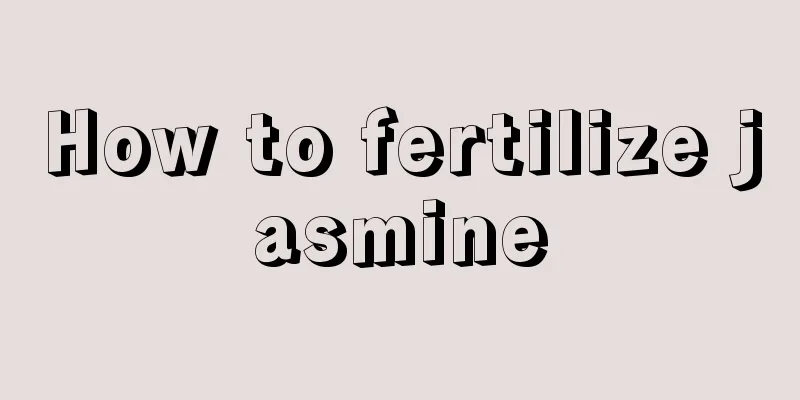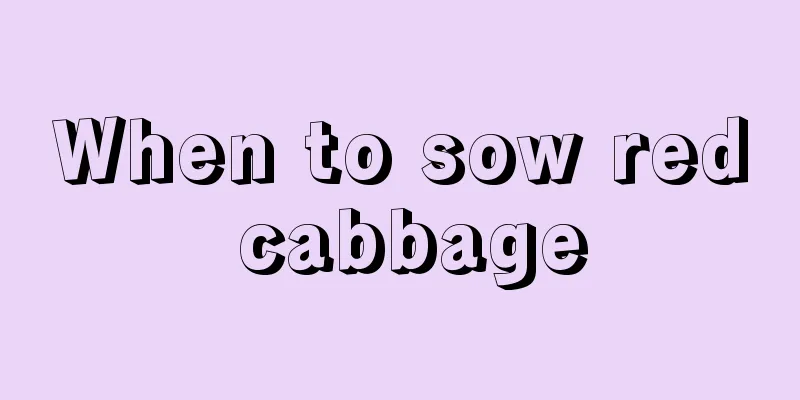How to fertilize jasmine

1. Seasonal fertilization1. Spring, summer and autumn: These three seasons are the peak growth seasons for jasmine, and the demand for nutrients and water is relatively high. You should apply base fertilizer and then strengthen water management, then apply fertilizer, and then clean water management. Repeat this cycle, with a cycle of about 1-4 days. Of course, it also depends on the actual weather. If it is hot or sunny, the interval between fertilizer and water should be shortened. If it is cloudy and rainy, the number of fertilization and watering should be reduced. 2. Winter: Jasmine will enter a dormant period in winter, and the weather is cold and the temperature is low in this season, so you must control water and fertilizer. 2. Fertilization during the growing seasonIn order to prevent the soil from becoming alkaline and causing the leaves to turn yellow or even fall off during the growing period, two volumes of thin alum fertilizer water should be applied in a ratio of 9:1. Before moving indoors in November, spray 1-2 times with the same concentration of potassium dihydrogen phosphate solution to improve cold resistance. |
Recommend
Causes and treatments for yellow leaves of Toona sinensis
1. Too little water 1. Reason: Toona sinensis req...
When to plant peony seeds
1. Sowing time There are two sowing times for peo...
How to sow and germinate strawberry seeds?
Strawberry is a delicious and nutritious fruit. M...
When is the best time to plant mint?
Mint is a very special plant. It has a very fresh...
The breeding method of six times profit
How to prepare Hexapoda seeds Here I want to expl...
What are the cultivation methods and precautions of goldfish spider plant
Growth habits of goldfish spider plant Goldfish C...
How to water camphor trees in winter
Watering camphor in winter Camphor trees need to ...
The Flower Language of Narcissus
1. Respect Because historically, daffodils are a ...
What trees are suitable for planting in Ningxia? What are the common tree species in Ningxia?
Ningxia has a continental semi-humid and semi-ari...
When does Gaillardia bloom?
Flowering period of Gaillardia Gaillardia usually...
The harm of Murraya
1. The harm of Osmanthus fragrans Osmanthus fragr...
Can lucky bamboo be grown in soil? Introduction to soil growing methods
1. Lucky bamboo can be grown in soil Lucky bamboo...
Can bougainvillea be planted at the doorstep?
Can bougainvillea be planted at the doorstep? You...
Is hyacinth a shade-loving or sun-loving plant?
Does hyacinth prefer shade or sun? Hyacinth is a ...
How to care for lemon flowers
1. Soil It is best to use slightly acidic soil wi...









